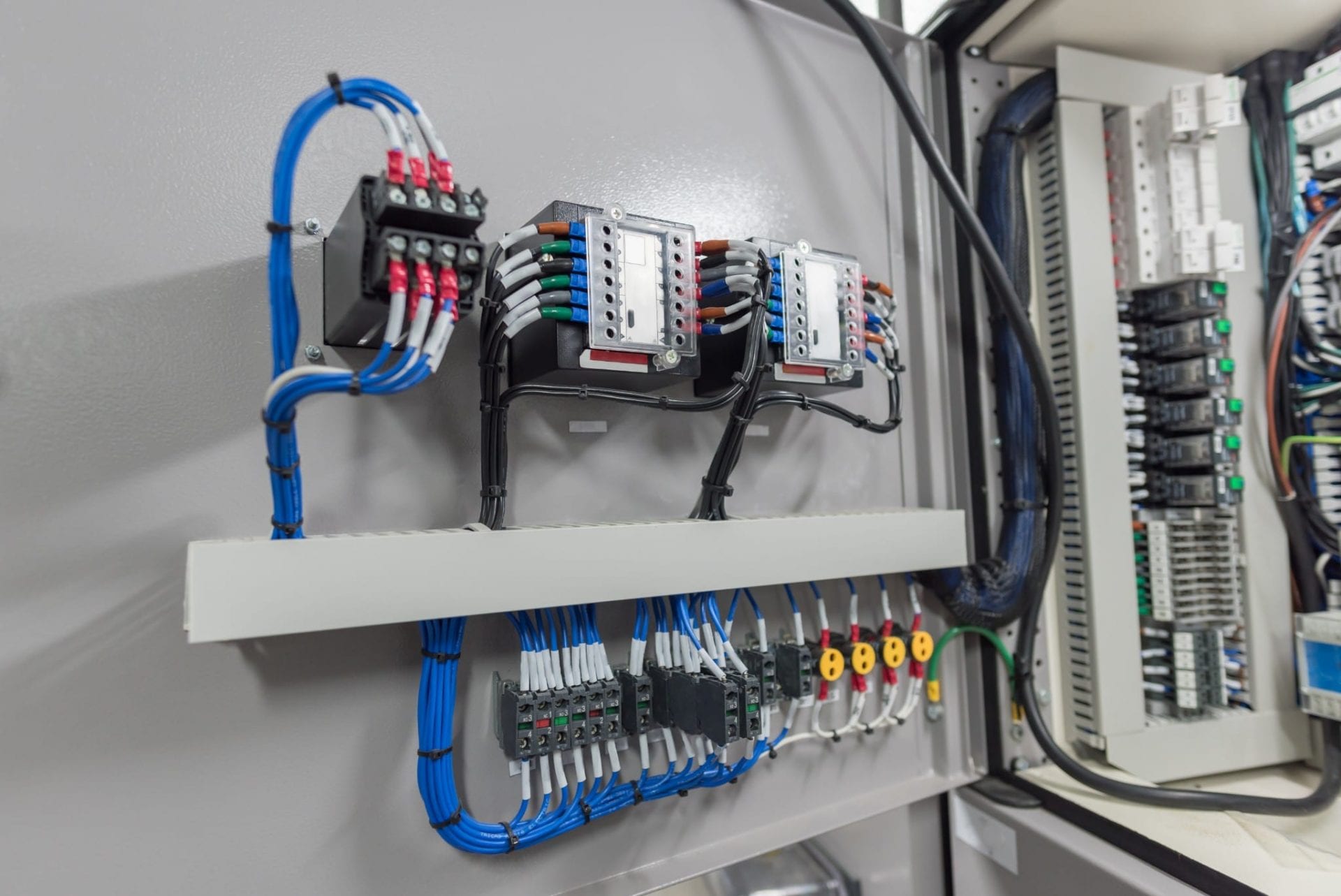How to Get Started with Electrical Wiring: An Amateur's Guide

The electrical wiring is an essential part of any home, and understanding it is important for every homeowner. It is not just important to ensure the efficient operation of your home but it’s also essential for your safety. In this post, we’ll go over the fundamentals of electrical wiring and the importance of safety as well as the benefits having an authorized residential electrician to handle all of electrical wiring needs.
Understanding the basics of electrical wiring
Electrical wiring is the set of electrical conductors which run through your home, carrying electrical power to your appliances or devices as well as lighting fixtures. It functions by creating electrical circuits that connect the electrical power source and your appliances. Electrical circuits are made up of switches, wires and other electrical components that work together to create a safe and functional electrical system. There are various kinds of electrical wiring. These include copper, aluminum, and different types of wire insulation, like PVC, rubber, or paper.
Preparation and planning for electrical Wiring
Before installing new electrical wiring, there are a variety of aspects to take into consideration, such as the type of wiring you require, the power capacity that your electric system can handle, and your power requirements. In addition, it is essential to know about electrical rules and regulations for wiring as well as the permits required in your locality. To be prepared the electrical wires, you must create an electrical plan and evaluate your electrical needs. This will to ensure your wiring system is safe, efficient, and meets your power needs.
Materials and Tools Required for Electrical Wiring
When installing new electrical wiring, it is crucial to have the right equipment and materials on hand. Essential tools include strippers, wire cutters, pliers, and a voltage tester. Other items required for wiring electrically are electrical tape, wire nuts, conduit and electrical boxes. It is also helpful to have a wiring diagram to guide you through the installation process.
Step-by-Step Guide to Electric Wiring Installation
Installing electrical wiring can be complicated, but with the right tools and knowledge, it can be done in a safe and efficient manner. Here is a step-by-step guide to installing new electrical wiring in your home:
Shut off the power source to the area in which you’ll be working.
Plan the wiring layout and mark the location where the wiring will be installed.
Install electrical boxes and conduit where necessary.
Cut and strip wires to the correct length.
Wires should be connected to fixture or device you’re wiring.
Secure the wires in place using the wire nuts or electrical tape, or conduit straps.
Test the wiring to ensure that it’s functioning correctly.
During the installation process it is essential to follow the best wiring installation practices and tips. Also, be aware of the common mistakes that you should avoid while installing wiring for example, wiring circuits that are too large, using wires that are damaged, as well as using the wrong type of wire for the job.
Troubleshooting Electrical Wiring Issues
Even with careful design as well as installation issues can occur. Common issues include circuit overloads, wiring damage and electrical shorts. To solve these issues, it is important to know about common electrical wiring issues and be aware of how to safely and effectively tackle these issues. Additionally, it is critical to adhere to electrical safety guidelines when troubleshooting electrical wiring issues, such as turning off the power source and wearing safety equipment.
Conclusion
Understanding the how your electrical wiring is wired in your home is essential for your safety as well as the effective operation the electrical systems. It is important to hire an accredited electrician to make sure your wiring is maintained and installed properly. At Local Electrician Bayside, we provide a range of electrical services, including electrical wiring repair and installation. Call Local Electrician Bayside at 1300 933 820 for all your electrical wiring requirements.
Electrical Wiring FAQ
Here are some commonly asked questions about electrical wiring, as well as other safety guidelines and the best methods for electrical wiring repair and installation:
What type of wire do I need to use for my electrical wiring?
The type of wire that you will need for your electrical wiring will depend on the particular requirements of your project and the local building code. It is important to use the correct wire gauge as well as the appropriate insulation type and wire material to ensure safety and efficiency for your wiring system.
Can I install an electrical wire of my own?
While it is possible to build the wiring yourself, it’s crucial to have the skills and knowledge to do so in a safe and efficient manner. In most cases, it is recommended to engage an experienced electrician to ensure that the wiring is set up and maintained in a safe and secure manner.
How often do I need to be having my electrical wiring checked?
It is recommended to have your electrical wiring inspected at least every 10 years, or when you spot signs of electrical problems like frequent circuit breaker trips or electrical shocks.
What should I do if I discover electrical wiring issues in my home?
If you observe any electrical wiring problems in your home, for example, flickering lights or outlets that won’t work, it is important to take action immediately. Shut off power to the area in question and call an accredited electrician to evaluate and repair the issue.
If you follow these guidelines and best methods, you can be sure you have electrical connections that are secure and operating correctly. Make sure you are taking safety into consideration and get a certified electrician whenever you need to. Reach out to Local Electrician Bayside at 1300 933 820 to discuss all of your electrical wiring needs.
